Hyegyŏnggung Hong Ssi - The memoirs of Lady Hyegyŏng: the autobiographical writings of a Crown Princess of eighteenth century Korea
Here you can read online Hyegyŏnggung Hong Ssi - The memoirs of Lady Hyegyŏng: the autobiographical writings of a Crown Princess of eighteenth century Korea full text of the book (entire story) in english for free. Download pdf and epub, get meaning, cover and reviews about this ebook. City: London;Berkeley;Korea, year: 1996, publisher: University of California Press, genre: Non-fiction. Description of the work, (preface) as well as reviews are available. Best literature library LitArk.com created for fans of good reading and offers a wide selection of genres:
Romance novel
Science fiction
Adventure
Detective
Science
History
Home and family
Prose
Art
Politics
Computer
Non-fiction
Religion
Business
Children
Humor
Choose a favorite category and find really read worthwhile books. Enjoy immersion in the world of imagination, feel the emotions of the characters or learn something new for yourself, make an fascinating discovery.
- Book:The memoirs of Lady Hyegyŏng: the autobiographical writings of a Crown Princess of eighteenth century Korea
- Author:
- Publisher:University of California Press
- Genre:
- Year:1996
- City:London;Berkeley;Korea
- Rating:5 / 5
- Favourites:Add to favourites
- Your mark:
The memoirs of Lady Hyegyŏng: the autobiographical writings of a Crown Princess of eighteenth century Korea: summary, description and annotation
We offer to read an annotation, description, summary or preface (depends on what the author of the book "The memoirs of Lady Hyegyŏng: the autobiographical writings of a Crown Princess of eighteenth century Korea" wrote himself). If you haven't found the necessary information about the book — write in the comments, we will try to find it.
Lady Hyegyongs memoirs, which recount the chilling murder of her husband by his father, is one of the best known and most popular classics of Korean literature. From 1795 until 1805 Lady Hyegyong composed this masterpiece, which depicts a court life whose drama and pathos is of Shakespearean proportions. Presented in its social, cultural, and historical contexts, this first complete English translation opens a door into a world teeming with conflicting passions, political intrigue, and the daily preoccupations of a deeply intelligent and articulate woman.JaHyun Kim Haboushs accurate, fluid translation captures the intimate and expressive voice of this consummate storyteller. The Memoirs of Lady Hyegyong is a unique exploration of Korean selfhood and of how the genre of autobiography fared in premodern times.
Hyegyŏnggung Hong Ssi: author's other books
Who wrote The memoirs of Lady Hyegyŏng: the autobiographical writings of a Crown Princess of eighteenth century Korea? Find out the surname, the name of the author of the book and a list of all author's works by series.

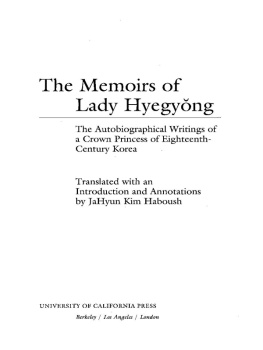

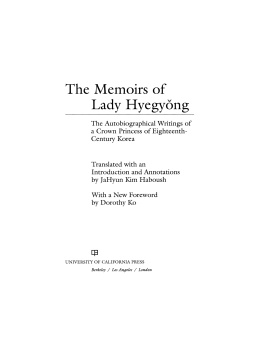
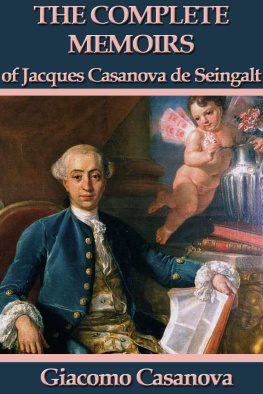
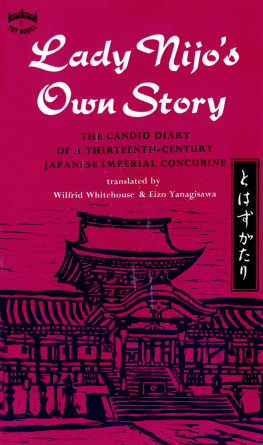
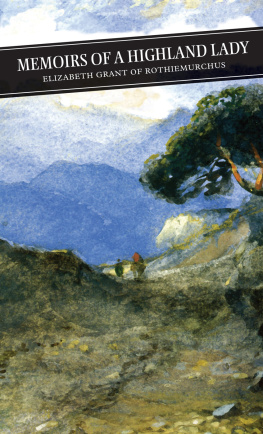



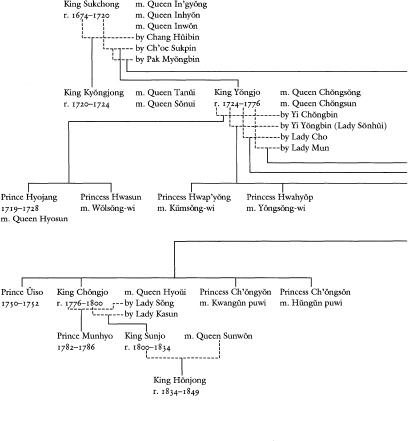

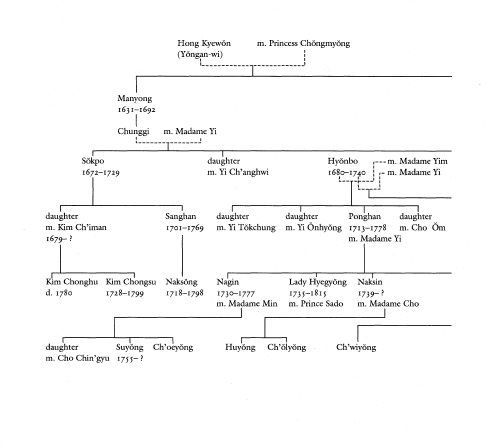
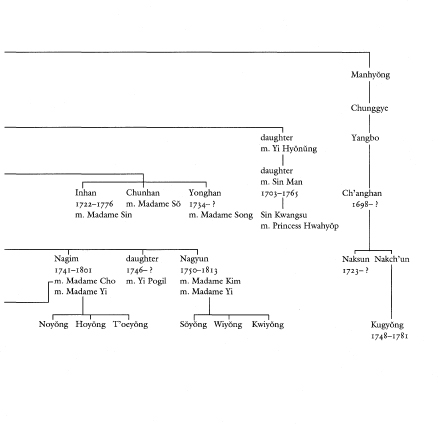
 ngju Kim Family
ngju Kim Family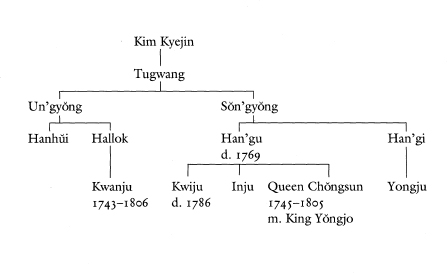
 ng's usage faithfully in my English translation, and so I have made various modifications. Sometimes it has meant anachronistic usage, sometimes substituting for Lady Hyegy
ng's usage faithfully in my English translation, and so I have made various modifications. Sometimes it has meant anachronistic usage, sometimes substituting for Lady Hyegy NBO (16881740). Lady Hyegy
NBO (16881740). Lady Hyegy